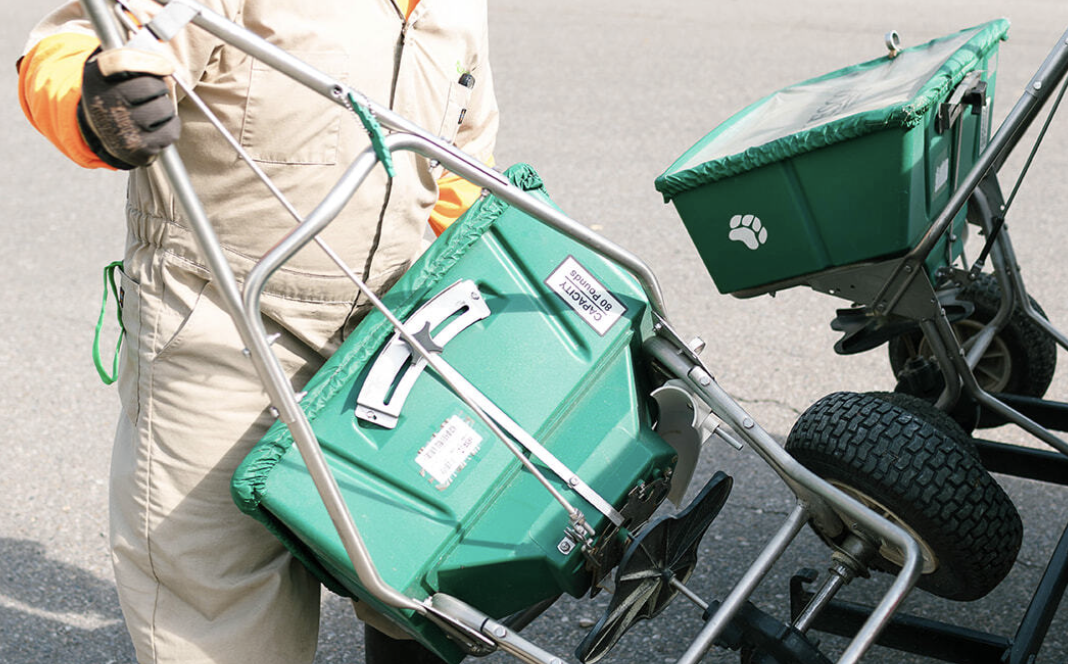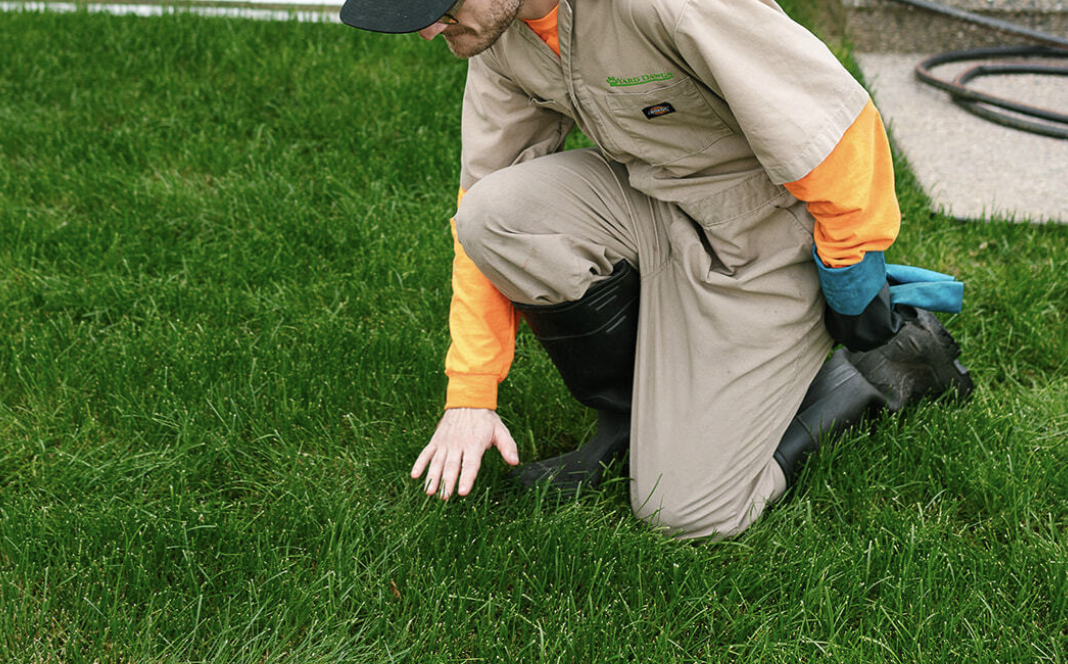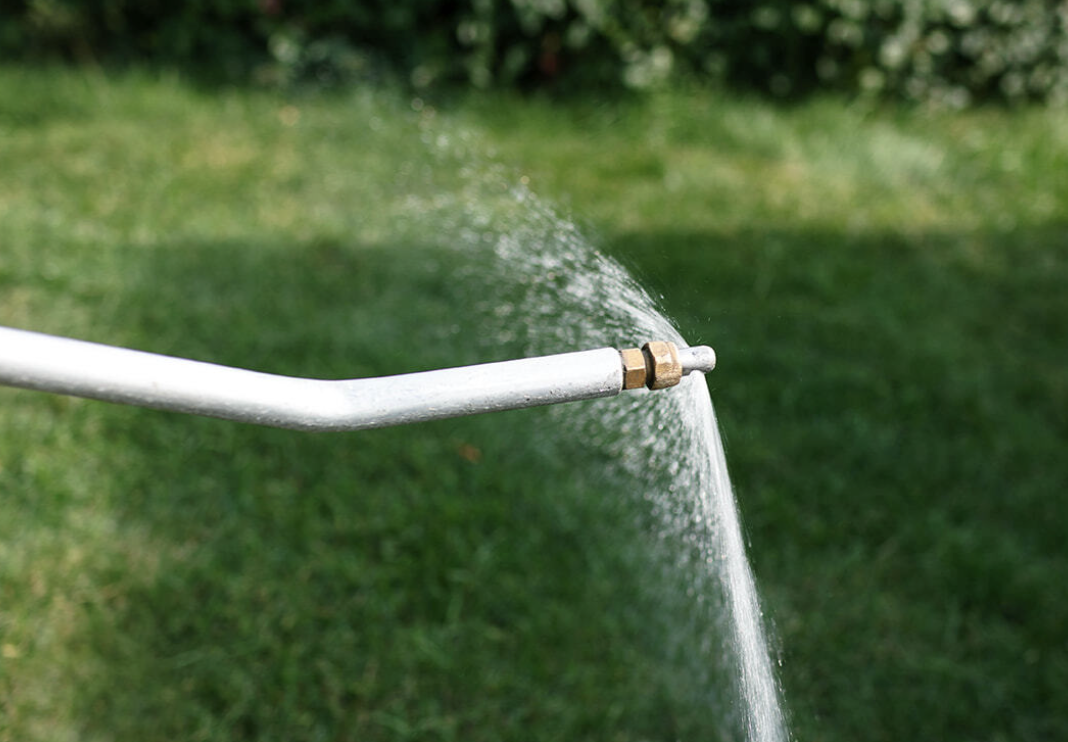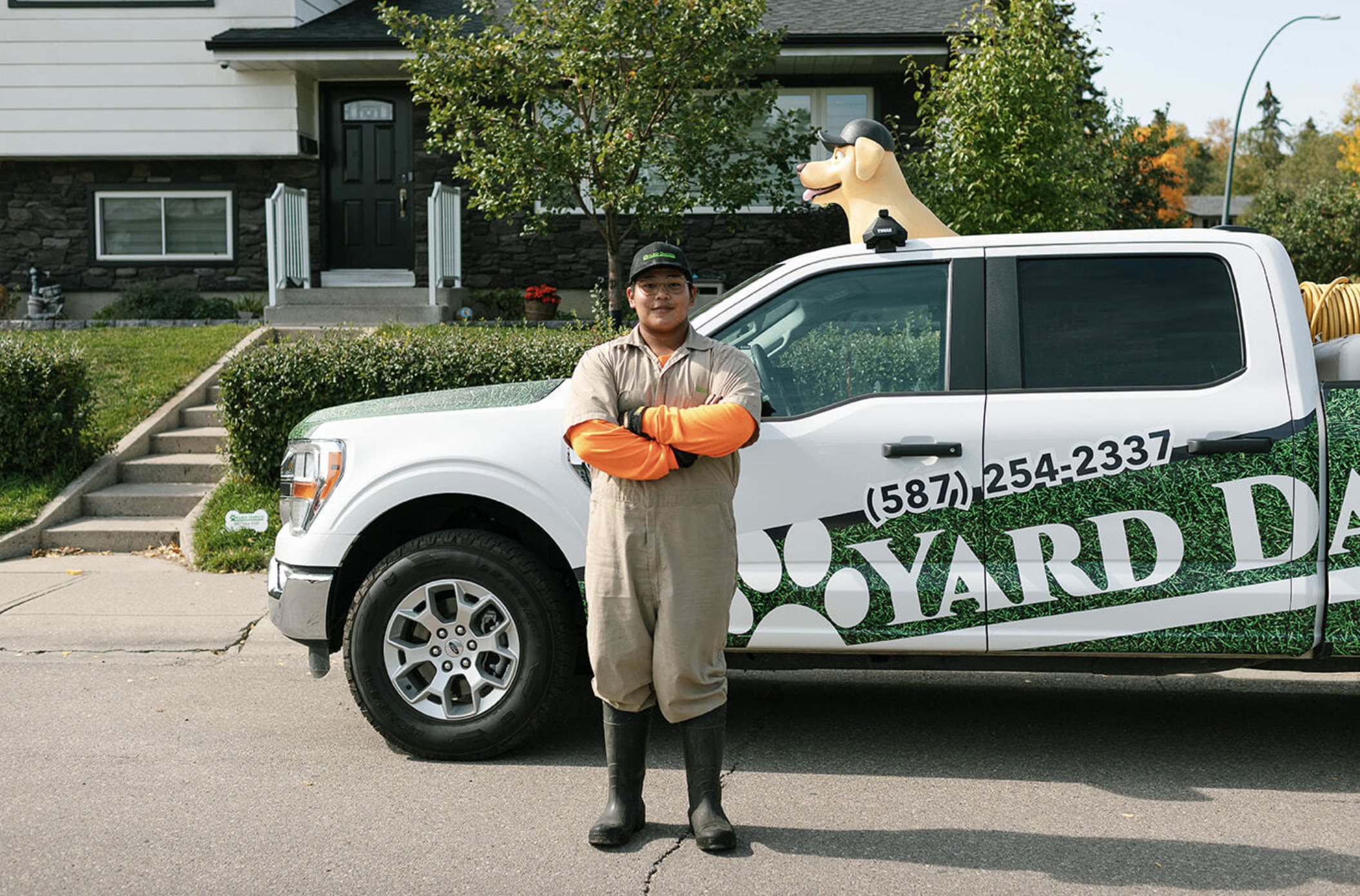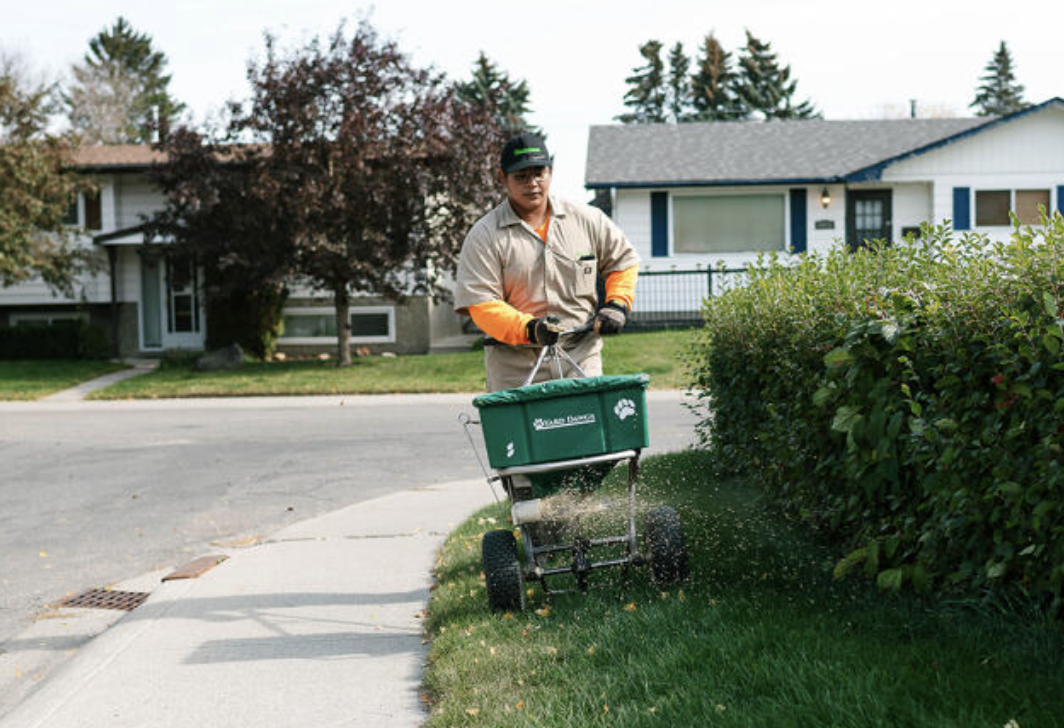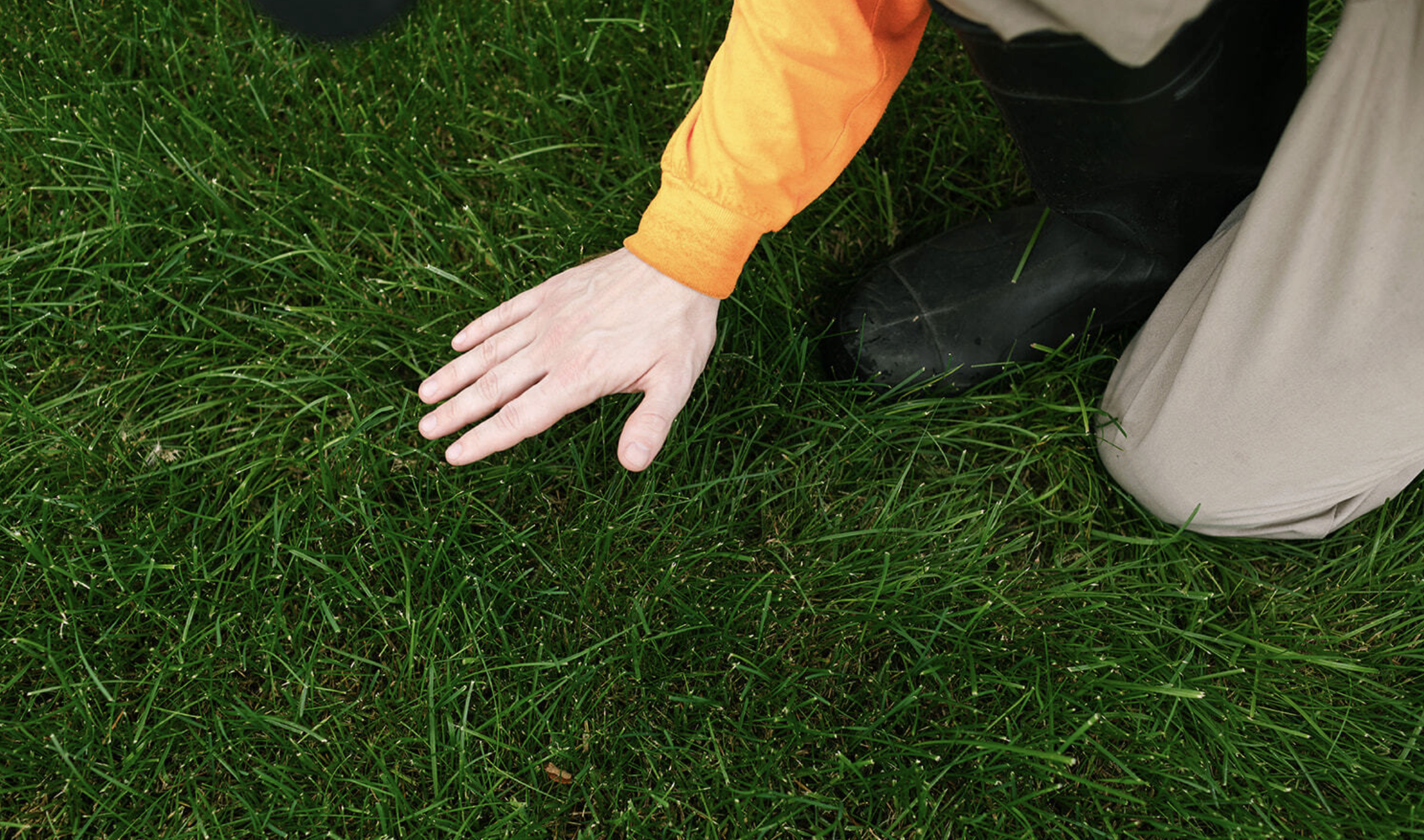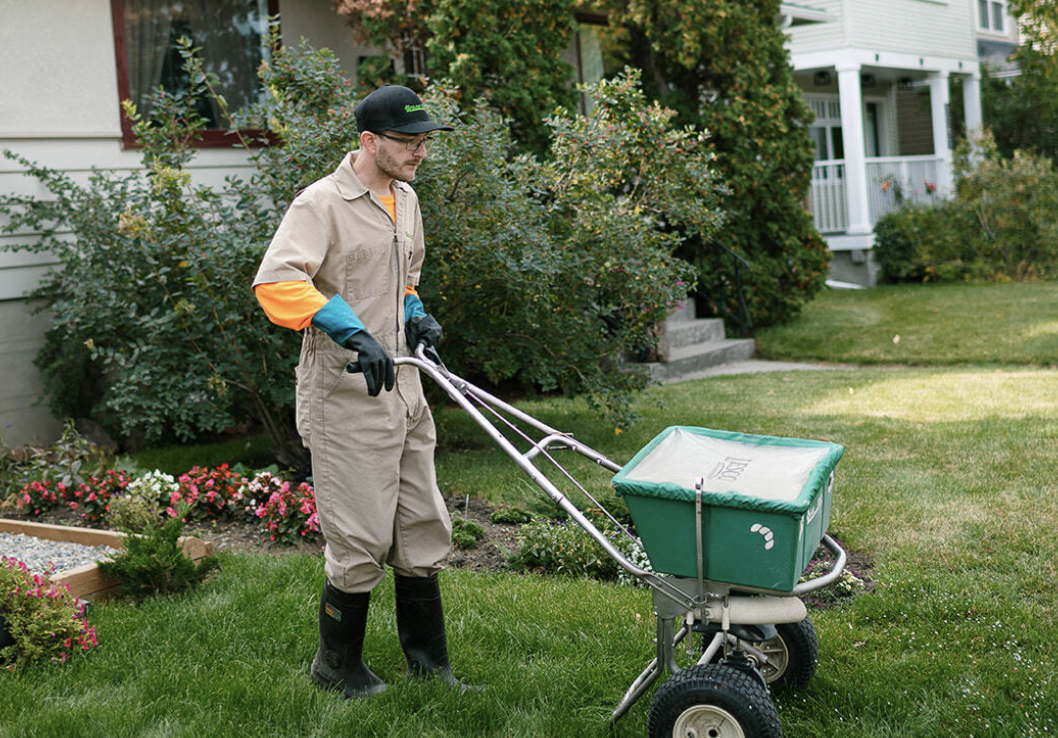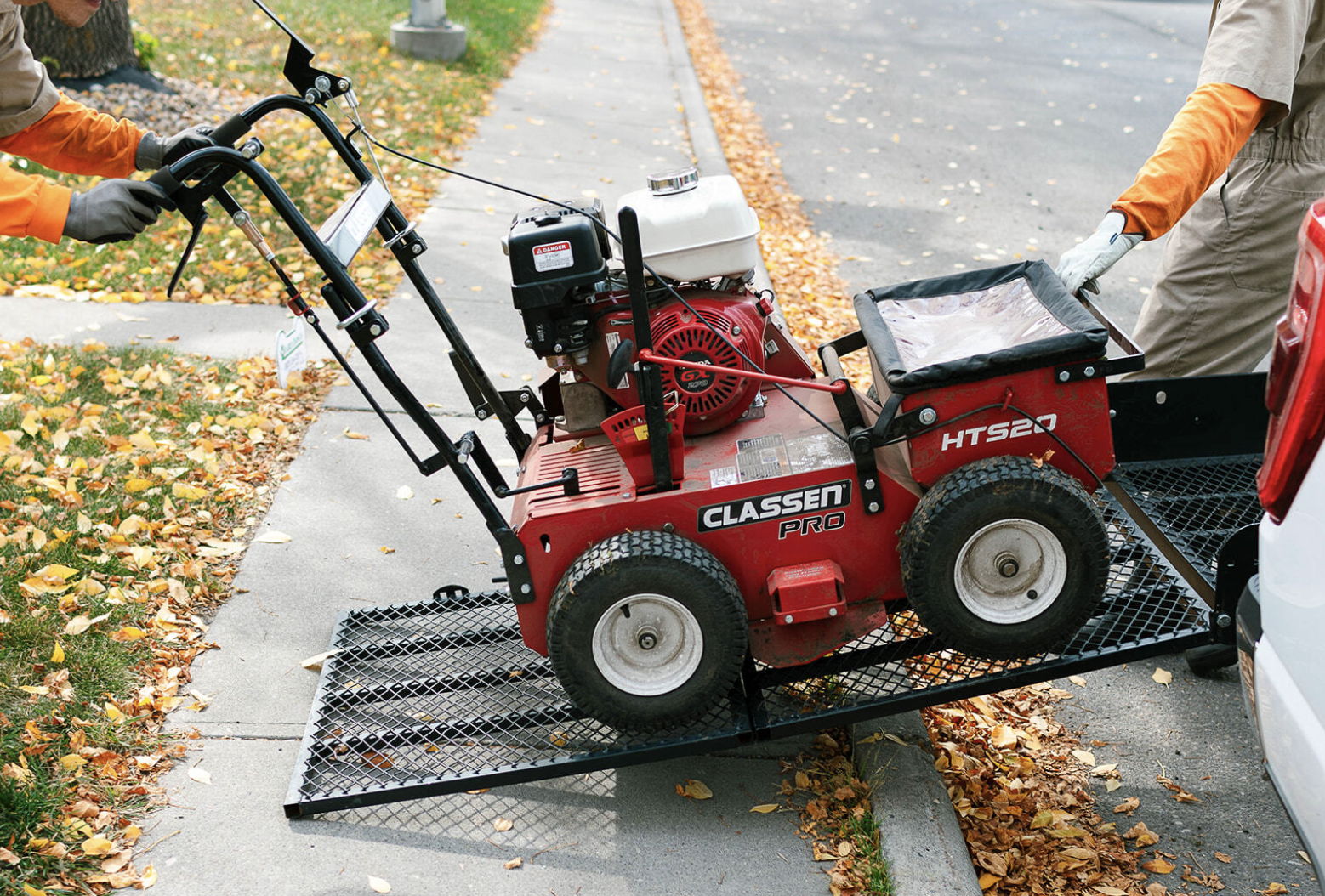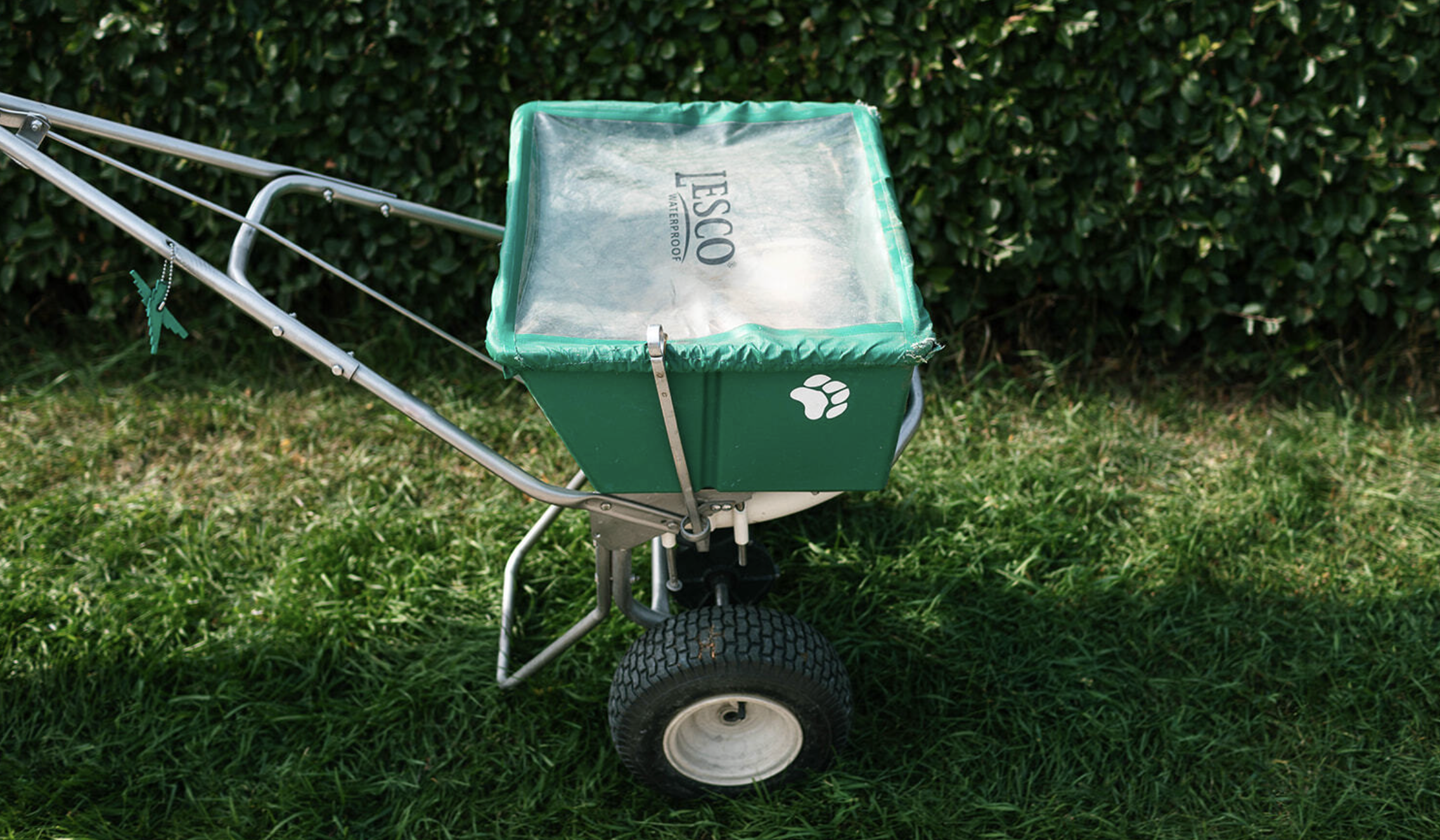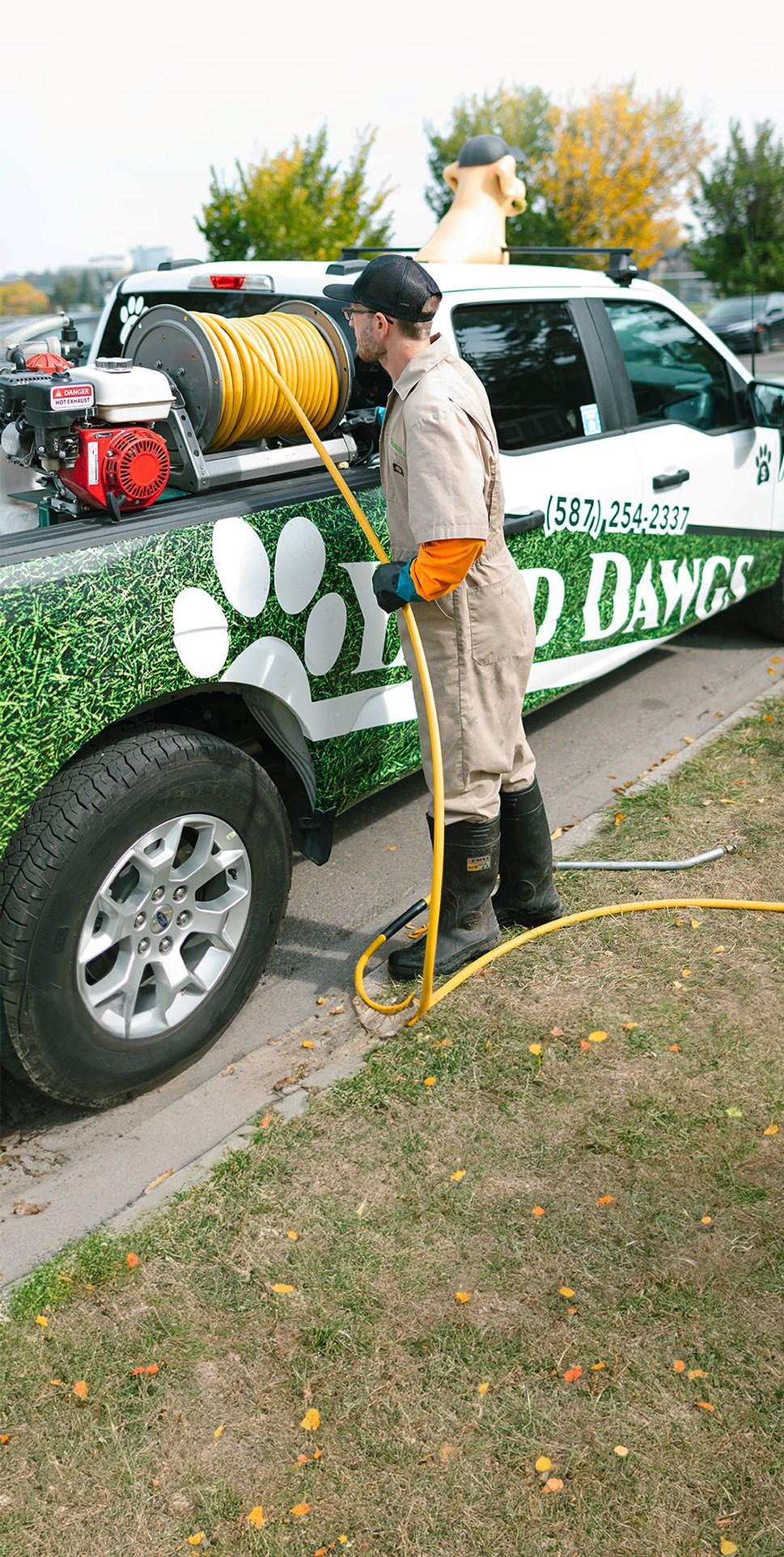When Does Chinch Bug Damage Appear?
After the first bout of extremely hot weather, chinch bug damage often appears. If there is living grass intermingled within the affected areas, it may be possible to restore your lawn without having to re sod.

If you've noticed damage to your lawn, after two years of chinch bugs devastating lawns throughout Calgary, and in the south most especially, it would be remiss of a homeowner to move past that possibility. Look to where the dead and healthy grass meet. Chinch bugs will be most visible in the heat of the afternoon when the sun is most active. The grass will not respond to watering and will eventually become brown.
Preventing Chinch Bugs
Chemical pesticides are the best way to wipe out the bug infestation. After applying the product, to prevent the problem in the future, practice these 4 things:
- Keep your lawn mowed at a healthy height (around 2-3 inches)
- Always use sharp blades in your mower
- Clear away thatch with a light hand rake
- Avoid over watering
However, when it comes to chinch bugs, these pests can wipe out an entire lawn if the proper steps are not taken to eradicate the problem. Especially because, like many insects, chinch bugs have multiple generations per season. So, their populations will build back up if you don’t get them all.
Chinch bug damage will appear as follows: you will notice your grass wilting (even after recently being watered), then it’ll turn yellow and eventually will become a straw-coloured brown. At that point your grass is dead.
Repairing Chinch Bug Damage
If chinch bug damage isn’t extensive, you can make small repairs by placing sod over bare patches. Chinch bugs thrive in sunny areas, so shaded parts of your lawn may remain unaffected. Chinch bugs are unlikely to feed on your grass if it is in the shade.
However, when the damage is severe, you’ll likely need to re-sod the entire lawn—a costly and skill-intensive project.
Preparing The Soil
Grass likes soil that’s well-aerated and nutrient rich. The best way to determine what kind of base you have is to have your soil tested. The results from the Yard Dawgs soil tests will come back within 2 weeks.
This lab test will determine whether or not your soil is too acidic or alkaline. In either case your turf will have a hard time growing if it can’t access nutrients properly.
Purchasing Sod For Calgary's Climate
Next, you’ll have to determine what sod you need to purchase. You can order directly from a garden center or sod farm depending on where you live. Sod should be cut and delivered within 24 hours and laid the same day.
The grasses that thrive best in Alberta’s climate are Kentucky bluegrass, red fescue and ryegrass. These are grasses that are well adapted to cooler climates.
Removing The Old Lawn
.png?width=740&name=Blog%20Photos%20(21).png)
You’ll need to remove the dead grass from your lawn before you lay down new sod. If the chinch bugs have ruined your entire lawn, it will all have to come out. The best way to achieve this is by using a sod cutter. These can be rented from some Home Depot locations for $105 per day.
After the old grass has been removed, the top 6 to 8 inches of soil should be loosened with a rototiller. These can be rented from Home Depot for $100 per day.
Spreading Topsoil And Compost
.png?width=740&name=Blog%20Photos%20(23).png)
Using topsoil and compost, spread two inches across the entirety of the area you are re sodding. Apply fertilizer and nutrients based on your soil test.
Using a rake, even out the soil by flattening high spots and filling in low ones. Water very lightly in order to dampen the soil.
Laying The Sod
.png?width=740&name=Blog%20Photos%20(22).png)
Measure your yard carefully so you order the correct amount of sod for your lawn. Lay down the first roll at the longest straight edge in your yard, most likely near a fence line or deck. Avoid stepping on the sod as you lay it down and smooth out any loose areas and wrinkles as you go. There should be no air pockets underneath, the sod should be flat against the soil.
Maintaining The Sod After It's Laid Down
Water thoroughly after the sod has been installed completely. The water will also help to settle the soil. Keep off of the sod for a week, making sure to water each day. However, don’t water in the middle of the day when water is lost to evaporation or at night because wet sod over night will encourage disease.
On the second week water every other day, and on the third week you should be watering twice.
.png?width=740&name=Blog%20Photos%20(20).png) If your grass is not watered and maintained properly it will begin to yellow and die.
If your grass is not watered and maintained properly it will begin to yellow and die.
Your first mow shouldn’t be until the grass has reached a height of three inches. Always use a sharp blade and never cut more than one-third of the grass’s length. Sod needs a lot of love and care. This is when a lawn care regiment is a necessity.
Your grass will need fertilizer, especially after the heavy watering schedule. With a fresh lawn, you’ll have a head start against weeds. The best way to deter an invasion is by keeping your lawn as healthy and as thick as possible. Sod dries out quickly and is fragile, it needs to be maintained.
The Cost Of Re Sodding After Chinch Bug Damage
The consequence of leaving chinch bugs to feed on your lawn comes to an estimated price of $4370.
2,000 square feet of sod will come to a cost of $940
With the rental of a rototiller and sod cutter for a weekend it comes to $410.
Topsoil for that amount of land costs $420.
Compost comes to a cost of $2000.
Estimating the cost of hauling away the old grass comes to about $600.
In conclusion, it's a better investment of your time and money to treat the chinch bugs when you first notice the damage.


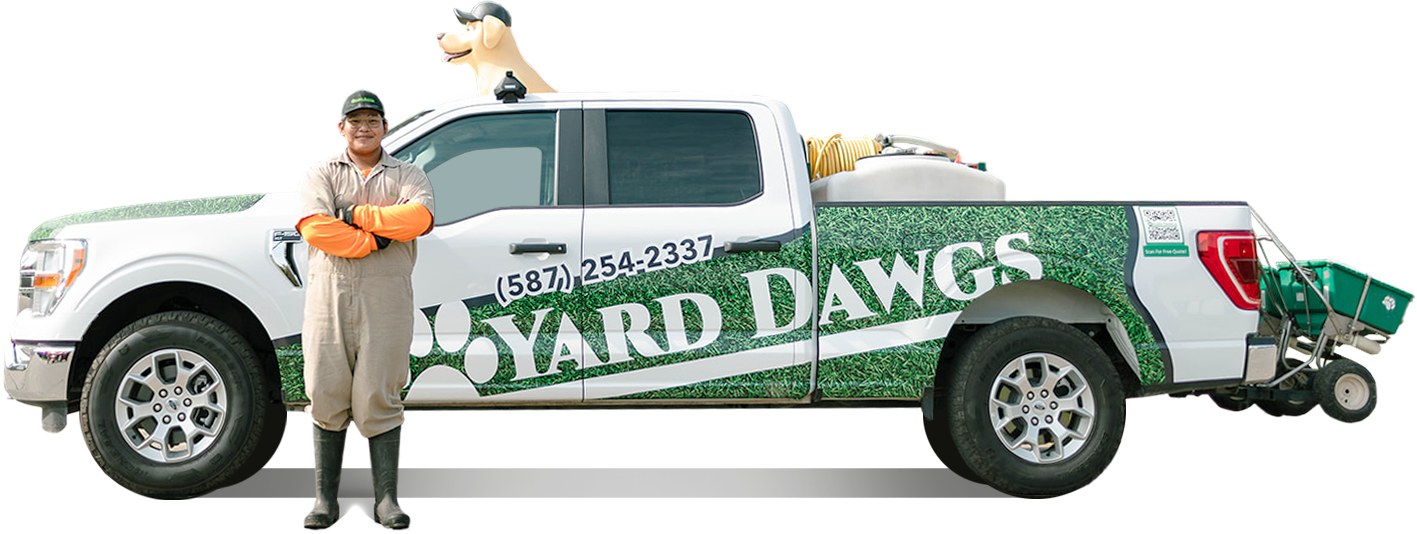


.png?width=740&name=Blog%20Photos%20(19).png)


.png)
